According to the projected population estimates for 2024, here are the top 10 largest cities in the world based on population size. These estimates are subject to change as population growth and migration patterns evolve. It is important to note that these rankings are based on the population of the city proper rather than the entire urban area.
- The world population is continuously increasing, leading to the growth of cities.
- These estimates are subject to change as demographics and migration patterns evolve.
- Population size is based on the city proper, not the entire urban area.
- Urbanization plays a significant role in the growth and development of cities globally.
- The top 10 largest cities in the world by population in 2024 reflect the ongoing urban boom.
The Evolving Urban Landscape
The world is experiencing rapid urbanization, with more people living in cities than ever before. This shift towards urban living has led to the growth and development of cities on a global scale. The evolving urban landscape is characterized by increased population density, improved infrastructure, and the emergence of mega-cities.
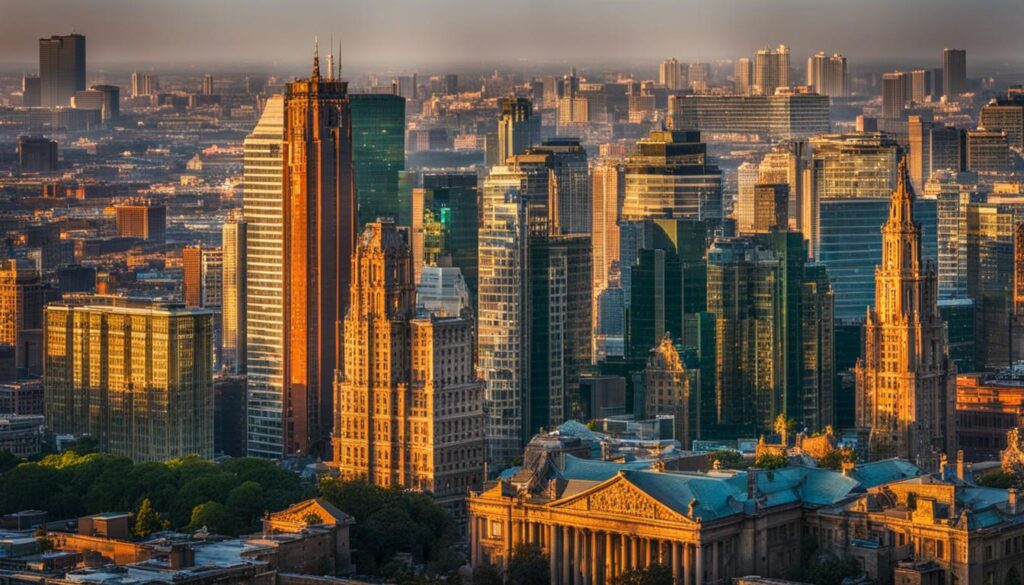
This section will explore the factors contributing to the changing urban landscape and the implications it has for society and the environment. With urbanization, cities become hubs of economic activity, innovation, and cultural exchange. The rise of global cities reshapes the social and economic dynamics of nations, making urban development a key area of focus for policymakers seeking sustainable growth.
Factors such as population growth and migration patterns, technological advancements, and government policies play crucial roles in shaping the evolving urban landscape. As cities become more populous, urban planners and architects are tasked with creating efficient infrastructure systems, sustainable housing solutions, and vibrant public spaces to support the needs of urban dwellers.
Moreover, the evolving urban landscape has significant implications for society and the environment. Urbanization has both positive and negative effects, including increased access to education, healthcare, and job opportunities, as well as challenges such as overcrowding, pollution, and inequality. Finding a balance between urban development and preserving the natural environment is essential for creating livable and sustainable cities.
In conclusion, the evolving urban landscape is a result of global urbanization, population growth, and urban development. Understanding the factors driving these changes and their implications is crucial for shaping the future of cities and ensuring the well-being of urban populations. By embracing sustainable practices and innovative solutions, cities can adapt and thrive while providing a high quality of life for their residents.
Current Population Estimates and Their Reliability
Accurate population estimates are crucial for planning and policy-making. Understanding the size and growth of urban populations is essential for addressing various social, economic, and environmental challenges. However, estimating population size is not a straightforward task. It requires the use of various methods and data sources, and it is highly influenced by factors such as limited data availability, discrepancies in reporting, and changing demographics.
Reliability is an important consideration when it comes to population estimates. It is crucial to ensure that the data used for estimation is accurate, representative, and up-to-date. Reliable demographic data allows policymakers and researchers to make informed decisions and develop effective strategies to meet the needs of urban populations.

To estimate population size, researchers and demographers use a combination of methods, including:
- Survey data: Surveys conducted at the national or regional level provide valuable insights into population demographics and characteristics. These surveys collect data on household size, age distribution, and other demographic factors.
- Census data: National censuses are conducted periodically to collect detailed demographic information about the entire population. Census data is considered highly reliable and is often used as a baseline for population estimation.
- Administrative data: Government records, such as birth and death registration systems, immigration and emigration data, and tax records, can provide valuable information for estimating population size.
- Modeling and statistical techniques: Statistical models and mathematical methods are used to estimate population size by extrapolating from available data and making assumptions about population growth and migration patterns.
Despite the efforts to ensure accuracy, population estimates are subject to some level of uncertainty. Factors such as underreporting, data inconsistencies, and errors in sampling can impact the reliability of estimates. Therefore, it is important to interpret population estimates with caution and consider the margin of error associated with them.
Population estimates play a crucial role in urban planning and development. Reliable demographic data is essential for understanding the needs and dynamics of urban populations. It allows policymakers to allocate resources effectively and implement targeted programs to improve the quality of life in cities.
In conclusion, while estimating population size is challenging, the use of multiple data sources and robust methodologies enhances the reliability of population estimates. Policymakers, researchers, and urban planners must continue to invest in data collection and analysis to ensure accurate and up-to-date demographic information for effective decision-making.
Methodology Behind Ranking the Biggest Cities
In order to rank the biggest cities in the world, a specific methodology is followed. This methodology takes into account several factors to determine the rankings and provide accurate information about the size and population of each city. The criteria for defining a city, distinguishment between urban area and city proper, and the data sources and accessibility are key components of this methodology.
Criteria for Defining a City
The definition of a city may vary depending on the criteria used. When ranking cities, common factors considered in defining a city include population size, administrative boundaries, and economic and social characteristics. Population size is often a major determining factor, as it reflects the number of individuals residing within a specific area. Administrative boundaries refer to the legal and political divisions that define the jurisdiction of a city. Economic and social characteristics encompass the economic activities, infrastructure, cultural amenities, and other aspects that contribute to the identity and significance of a city.
Urban Area vs. City Proper
When ranking cities, it is important to differentiate between the concepts of urban area and city proper. The urban area refers to the entire built-up area surrounding a city, including both the city proper and its suburbs. This accounts for the expansive population and geographic spread of a metropolitan area. On the other hand, the city proper refers to the central and core area of a city that falls within its administrative boundaries. This distinction allows for a more accurate assessment of the population size and density of a city.
Data Sources and Accessibility
In order to obtain reliable data for ranking the biggest cities, various data sources are utilized. These sources may include national censuses, statistical databases, demographic studies, and governmental reports. Additionally, accessibility to reliable and up-to-date data is crucial for maintaining accurate rankings. Open data initiatives and technological advancements play a significant role in improving accessibility to data sources, enabling researchers and analysts to gather and analyze information more efficiently.
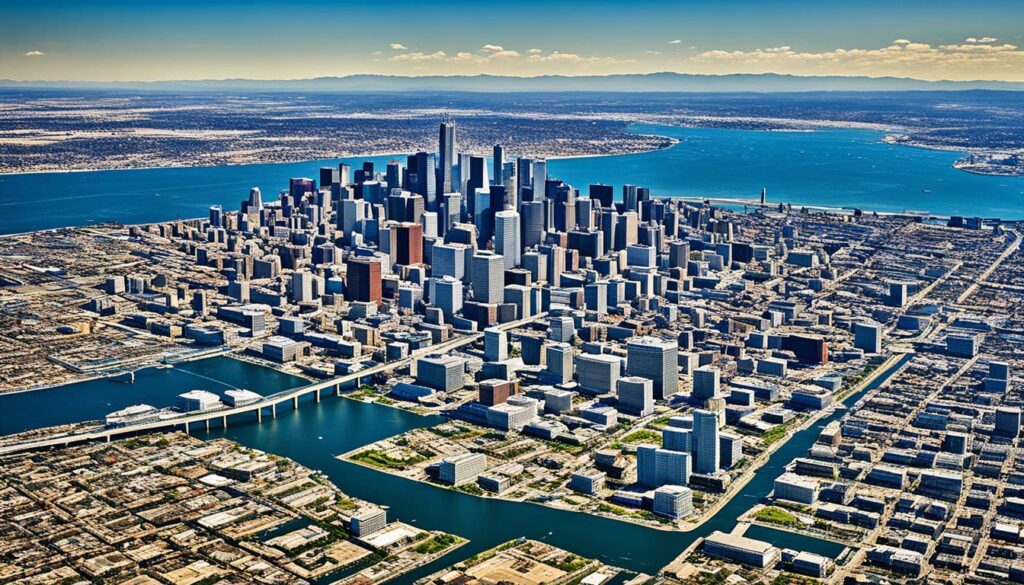
| Data Sources | Accessibility |
|---|---|
| National censuses | Varies by country |
| Statistical databases | Accessible online |
| Demographic studies | Dependent on research availability |
| Governmental reports | Publicly available |
Factors Influencing Urban Population Growth
There are several key factors that influence urban population growth. Understanding these factors is crucial for policymakers and urban planners to effectively manage the growth and development of cities. This section will explore three significant factors: migration trends and economic opportunities, birth rates and demographic shifts, and government urban planning and policies.
Migration Trends and Economic Opportunities
Migration plays a significant role in urban population growth. People migrate to cities in search of better economic opportunities, improved quality of life, and access to amenities and services. Urban areas tend to offer a diverse range of employment prospects, from industries like finance and technology to healthcare and manufacturing. The availability of jobs and the potential for upward mobility attract individuals and families to urban centers, leading to population growth. International migration also contributes to urban population growth, with individuals moving across borders in pursuit of economic opportunities and a better life.
Birth Rates and Demographic Shifts
Birth rates and demographic shifts are crucial factors in urban population growth. High birth rates within urban areas contribute to population growth as families expand and young people start their own families. Concurrently, demographic shifts such as an aging population can also impact urban growth, as older individuals may choose to move to cities for better access to healthcare and services. Understanding these demographic changes is essential for urban planners to anticipate the demand for infrastructure, healthcare, and social services.
Government Urban Planning and Policies
Effective government urban planning and policies play a significant role in shaping urban population growth. Governments implement strategies to manage population density, infrastructure development, housing affordability, and transportation systems. They also implement policies that attract businesses, fostering economic growth and subsequently increasing population size. Additionally, urban policies focused on maintaining a high quality of life, such as creating green spaces, improving air quality, and providing access to education and healthcare, can enhance the overall livability and attractiveness of cities, leading to population growth.
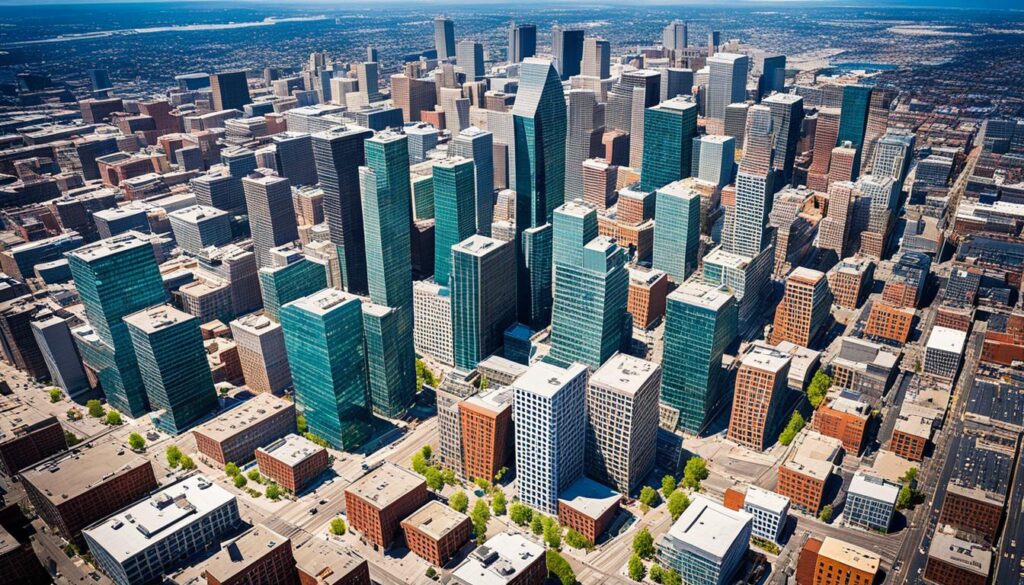
Tokyo: A Consistent Contender for the Biggest City in the World
Tokyo has consistently been one of the largest cities in the world, known for its vibrant culture, technological advancements, and bustling urban landscape. The Tokyo metropolitan area, also known as the Greater Tokyo Area, is a global economic powerhouse and a hub for innovation. Spanning over 2,200 square miles, the metropolitan area is home to approximately 37 million people, making it the most populous metropolitan area in the world.
The growth of Tokyo can be attributed to several factors. Firstly, its status as the capital of Japan has contributed to its prominence and population. Tokyo serves as the political, economic, and cultural center of the country, attracting individuals from all over Japan seeking better opportunities and a higher standard of living.
“Tokyo is not only the political and economic capital of Japan, but it is also a city that offers countless possibilities for personal and professional growth. People are drawn to Tokyo’s vibrant energy and diverse atmosphere, which provide a dynamic environment for innovation and creativity.”
Additionally, Tokyo’s metropolitan area encompasses several cities and municipalities, creating a vast urban expanse that offers a wide range of amenities and services. This metropolitan area includes not only the 23 special wards that make up Tokyo City proper, but also surrounding cities such as Yokohama, Chiba, and Saitama. The seamless integration of these areas contributes to Tokyo’s urban growth and makes it an attractive destination for both residents and businesses.
Furthermore, Tokyo’s global standing is reflected in city rankings that consistently place it among the top cities in the world. From its economic power to its cultural impact, Tokyo has established itself as a key player on the global stage.
To visually showcase Tokyo’s urban growth and metropolitan area, here is a map highlighting the extent of the Greater Tokyo Area:
Note: The map above depicts the Tokyo metropolitan area, which includes Tokyo City proper as well as surrounding cities and municipalities within the Greater Tokyo Area.
| City | Population |
|---|---|
| Tokyo City | 13.96 million |
| Yokohama | 3.8 million |
| Chiba | 0.9 million |
| Saitama | 1.31 million |
| Kawasaki | 1.48 million |
As seen in the table above, Tokyo City itself is home to nearly 14 million people, while the surrounding cities within the Greater Tokyo Area collectively contribute to the overall population of the metropolitan area.
To summarize, Tokyo’s consistent prominence as one of the largest cities in the world can be attributed to factors such as its status as the capital of Japan, the integration of multiple cities within the Greater Tokyo Area, and its global recognition. Tokyo’s urban growth and metropolitan area continue to be key drivers of its position as a major global city.
Delhi and the Urban Boom in India
Delhi, India’s national capital, has experienced rapid urban growth in recent decades. With a large population and significant economic activity, Delhi plays a crucial role in India’s urbanization process. The city has witnessed an urban boom characterized by a surge in population growth and rapid urban development.
The population of Delhi has been steadily increasing, driven by factors such as migration from rural areas, natural population growth, and economic opportunities. This population growth has resulted in the expansion of the city’s urban areas, with new developments and infrastructure projects transforming the cityscape.
Delhi’s urban boom has presented both challenges and opportunities. On one hand, the rapid population growth has strained the city’s infrastructure, leading to issues such as traffic congestion, inadequate housing, and increased pollution levels. On the other hand, the urban boom has brought economic growth, job opportunities, and improved living standards for many residents.
“Delhi’s urban boom showcases the complexities of rapid urbanization in a developing country. It highlights the need for comprehensive urban planning, sustainable development, and effective governance to address the challenges associated with population growth and urban expansion.” – Urban Development Expert
The government of Delhi has implemented various initiatives to manage the urban boom and ensure sustainable urban development. These initiatives include the construction of new transportation networks, investment in affordable housing projects, and the introduction of pollution control measures.
However, the urban boom in Delhi continues to pose challenges in terms of urban sprawl, unequal access to amenities and services, and environmental degradation. It is essential for policymakers to address these challenges through integrated planning, inclusive development, and the promotion of sustainable urban practices.
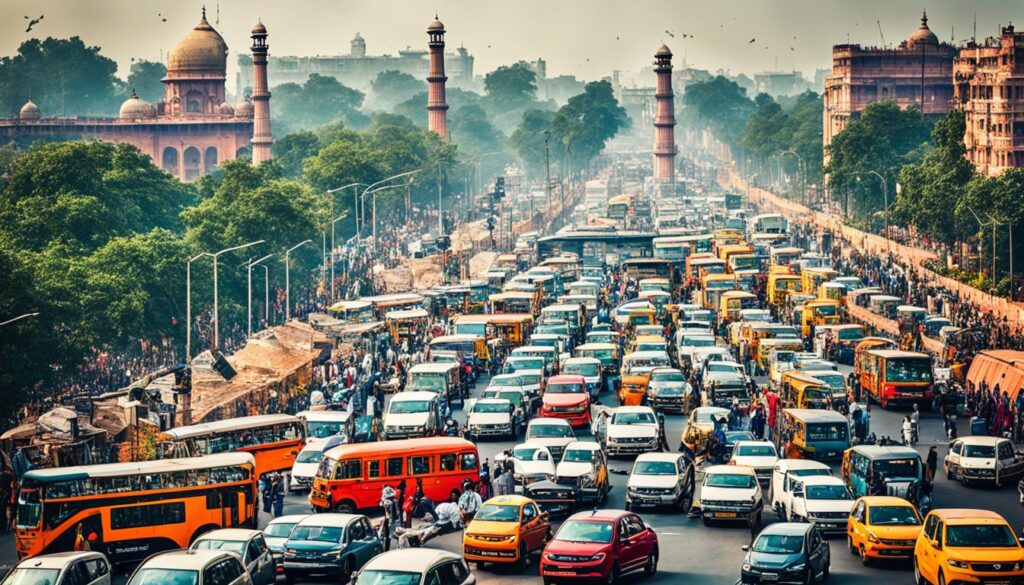
Overall, Delhi’s urban boom reflects the broader trend of urbanization and population growth in India. As the country continues to develop and urbanize, it is crucial to adopt holistic approaches to urban planning and development that balance economic growth, social equity, and environmental sustainability.
China’s Urban Giants: Beijing and Shanghai
China is home to two of the world’s largest and most influential cities, Beijing and Shanghai. These urban giants are not only known for their immense population size but also their significant economic power. As the capital of China, Beijing serves as the political, cultural, and educational center of the country. On the other hand, Shanghai, located on China’s eastern coast, is a major global financial hub and a center for international trade.

Beijing, with a population of over 21 million people, is the second-largest city in China. It is home to iconic landmarks such as the Forbidden City, the Great Wall, and Tiananmen Square. Not only does Beijing have a rich history and cultural heritage, but it is also an important economic, technological, and scientific center.
Shanghai, with a population of over 27 million people, holds the title of China’s largest city. Known for its impressive skyline, Shanghai is a bustling metropolis that showcases the country’s rapid development and modernization. It is a prominent hub for finance, commerce, and innovation, attracting businesses and talent from around the world.
Both Beijing and Shanghai consistently rank high in global city rankings due to their population size, economic strength, and overall influence. Their dynamic economies and strategic locations contribute to their status as major contributors to China’s growth and development.
Emerging Megacities in Africa and Southeast Asia
As urbanization continues to accelerate, several emerging megacities in Africa and Southeast Asia are experiencing substantial population growth and urban development. These cities, such as Lagos in Nigeria and Jakarta in Indonesia, face unique challenges and opportunities as they strive to accommodate their expanding populations.
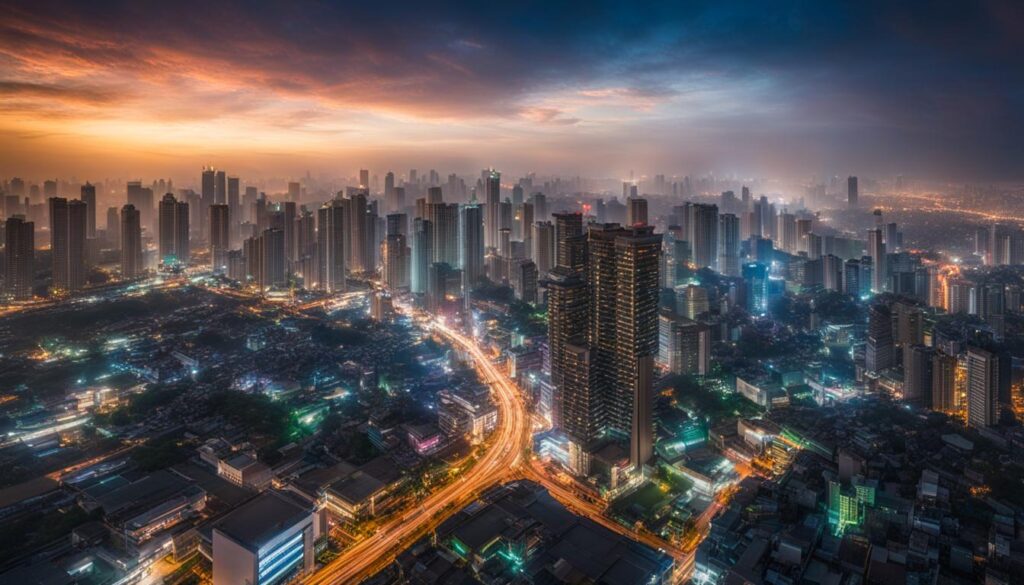
This section will discuss the rise of these emerging megacities and their impact on the global urban landscape. The rapid urbanization in these regions presents both promising prospects and pressing concerns. The increased population growth and urban development pose challenges in terms of infrastructure, housing, and environmental sustainability. At the same time, the emergence of these megacities brings opportunities for economic growth, cultural exchange, and technological advancements.
One significant example of an emerging megacity is Lagos, Nigeria. With a population of over 14 million people, Lagos is one of the fastest-growing cities in the world. The city’s urban development has been driven by economic opportunities, attracting people from both within Nigeria and neighboring countries.
“The rapid urbanization in Lagos is transforming the city’s social and economic landscape. However, there are significant challenges in terms of urban planning, traffic congestion, and access to basic services. The government and local authorities are working to address these issues and create a sustainable and livable urban environment for the growing population.”
Jakarta, Indonesia, is another prime example of an emerging megacity in Southeast Asia. With a population of over 10 million people and extensive urbanization, Jakarta faces issues related to rapid population growth, inadequate infrastructure, and environmental degradation.
“The urban development in Jakarta has been accompanied by increasing traffic congestion, air pollution, and flooding. The city is implementing various strategies to mitigate these challenges, including public transportation improvements, urban green spaces, and flood management systems.”
The rise of these emerging megacities in Africa and Southeast Asia highlights the need for sustainable urban planning, infrastructure development, and environmental management. It is essential for policymakers, local authorities, and the international community to collaborate on addressing the complex social, economic, and environmental issues associated with these rapidly growing cities.
| Megacity | Country | Population |
|---|---|---|
| Lagos | Nigeria | 14 million |
| Jakarta | Indonesia | 10 million |
Population Density vs. Geographic Size
In urban environments, population density serves as a crucial measure of urbanization. It refers to the number of people living in a specific area, usually per square kilometer or square mile. Population density can vary significantly between cities, depending on various factors such as land availability, infrastructure, and housing density.
Urban areas with high population density often indicate densely populated cities or regions, where large numbers of people live and work in close proximity. These areas are characterized by tall buildings, compact housing, and efficient transportation systems to accommodate the high concentration of residents.
On the other hand, cities with lower population density tend to have more spacious living conditions, with larger areas of open space and lower building heights. These cities may provide a different quality of life compared to densely populated urban areas.
Understanding Population Density in Urban Environments
To understand population density in urban environments, it’s essential to consider the interplay of various factors. Land availability plays a significant role, as cities with limited space often experience higher population density due to the need for vertical expansion. Additionally, cities with well-developed infrastructure and transportation systems can better handle higher population density, ensuring accessibility and efficient movement within the urban area.
Moreover, housing density is a critical factor in determining population density. High-rise buildings and multistory apartments can accommodate a larger number of residents within a limited space, increasing population density. Conversely, cities with more single-family homes or low-rise buildings tend to have lower population density.
It is worth noting that population density alone does not provide a comprehensive picture of livability in urban environments. Other factors such as access to amenities, green spaces, public services, and sustainability efforts contribute to the overall quality of life in a city.
Comparisons Between Geographically Large and Small Cities
When comparing population density between geographically large and small cities, there can be notable differences. Large cities, such as New York City or Tokyo, often have higher population density due to their concentrated urban areas and vast numbers of residents. These cities serve as major economic and cultural hubs, attracting people from various backgrounds and resulting in a higher concentration of population.
On the other hand, smaller cities with larger geographic sizes may have lower population density. These cities often have more open space, lower building heights, and more spread-out residential areas, providing a different living environment compared to large, densely populated cities.
It is important to recognize that both large and small cities have their unique advantages and disadvantages. Large cities offer a wide range of opportunities, diverse communities, and cultural attractions, but they may also face challenges such as congestion, housing affordability, and strain on infrastructure. Smaller cities, on the other hand, may provide a quieter, more relaxed lifestyle but may have limited job prospects and amenities compared to larger urban centers.
Image: Visual representation of population density versus geographic size
Conclusion
As we look ahead to the future, it is clear that urbanization and city growth will continue to be major trends shaping our world. Projections indicate that urban populations will experience significant increases in the coming decades, with more people choosing to live in cities than ever before. This rapid urbanization poses both challenges and opportunities for society, as we grapple with the implications of a growing urban landscape.
The future of urbanization presents a range of challenges, such as ensuring sustainable and inclusive growth, addressing the strain on infrastructure and resources, and managing the social and environmental impacts of increased urbanization. At the same time, it also offers opportunities for innovation, economic development, and improved quality of life for urban residents.
Global policies will play a crucial role in navigating these challenges and harnessing the potential of urbanization. Collaborative efforts between governments, international organizations, and local communities will be essential in shaping urban policies that promote sustainable development, equitable access to resources and opportunities, and the enhancement of urban livability for all.
Ultimately, the future of our cities depends on our ability to adapt and respond to the evolving needs and complexities of urban life. By embracing smart urban planning, investing in infrastructure, fostering social inclusion, and prioritizing environmental sustainability, we can create cities that are not only larger in size but also more livable, vibrant, and resilient for generations to come.
FAQ
What are the top 10 largest cities in the world by population in 2024?
According to projected population estimates for 2024, the top 10 largest cities in the world based on population size are yet to be determined. These estimates are subject to change as population growth and migration patterns evolve.
How is the evolving urban landscape characterized?
The evolving urban landscape is characterized by increased population density, improved infrastructure, and the emergence of mega-cities. This global shift towards urban living is driven by population growth, urbanization, and urban development.
How reliable are current population estimates?
Accurate population estimates are crucial for planning and policy-making. However, estimating population size can be challenging due to various factors such as limited data availability, discrepancies in reporting, and changing demographics. Efforts are made to improve the reliability of these estimates by using various methodologies and data sources.
What criteria are used to define a city?
The criteria for defining a city can vary, but common factors considered include population size, administrative boundaries, and economic and social characteristics. These criteria help distinguish between urban areas and rural areas.
What factors influence urban population growth?
Several factors influence urban population growth, including migration trends and economic opportunities, birth rates and demographic shifts, and government urban planning and policies. The allure of economic opportunities and access to amenities and services often drives migration to cities.
What factors contribute to Tokyo’s status as one of the biggest cities in the world?
Tokyo’s status as one of the biggest cities in the world is a result of its vibrant culture, technological advancements, and bustling urban landscape. The Tokyo metropolitan area is a global economic powerhouse and pioneers innovative urban development.
How has Delhi experienced rapid urban growth?
Delhi, India’s national capital, has experienced rapid urban growth in recent decades. With a large population and significant economic activity, Delhi plays a crucial role in India’s urbanization process. This growth presents challenges and opportunities for its population and urban development.
What are the urban giants in China?
Beijing, the capital, and Shanghai, a major financial center, are considered urban giants in China due to their large population sizes and economic power. They play significant roles on the global stage and contribute to China’s urban development.
Which emerging megacities are experiencing rapid population growth in Africa and Southeast Asia?
Several emerging megacities in Africa and Southeast Asia are experiencing rapid population growth and urban development. Lagos in Nigeria and Jakarta in Indonesia are examples of these emerging megacities, which face unique challenges and opportunities as they seek to accommodate their expanding populations.
How does population density vary between large and small cities?
Population density is a key measure of urbanization and can vary significantly between cities. Factors such as land availability, infrastructure, and housing density contribute to population density in urban environments. Comparisons can be made between geographically large cities with lower population densities and smaller cities with higher population densities.
What can we expect for urbanization and city growth in the future?
Future projections indicate that urbanization and city growth will continue at a rapid pace. Urban populations are expected to significantly increase in the coming decades, presenting both challenges and opportunities. These projections have implications for global policies and urban livability.



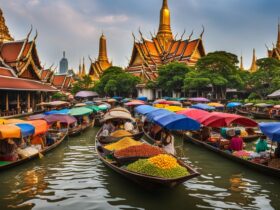
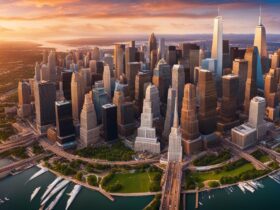
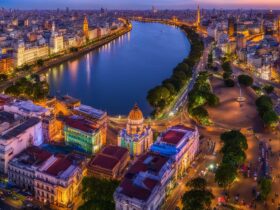







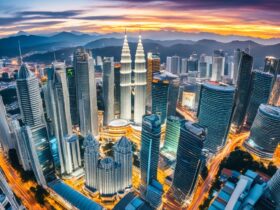

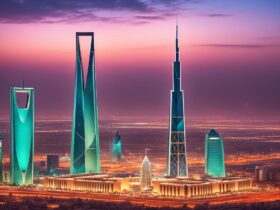



Leave a Reply
View Comments